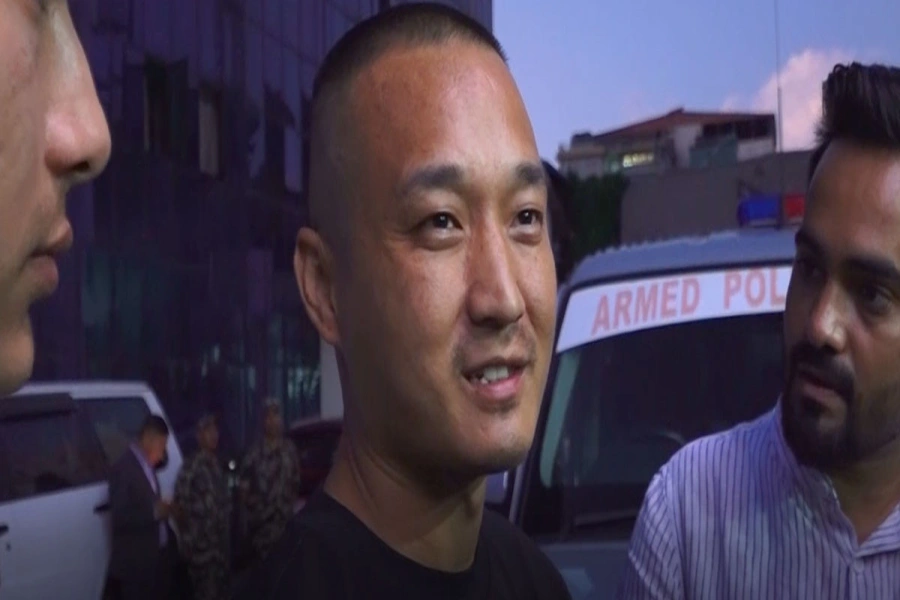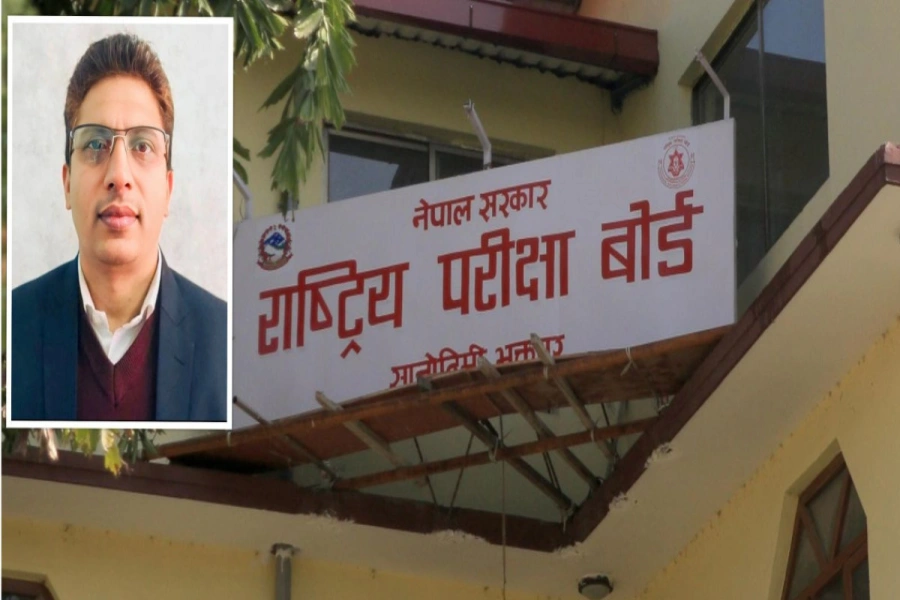There will first be a few revolutionaries, who are joined by hundreds of thousands then supported by millions. It happens without a central leadership and starts on the Internet
Revolutions just happen in times of economic distress, political dejection, cultural hollowness, huge economic divide, hopelessness, egregious abuses of human rights and hyper materialism. Despots get overthrown and politicians get exposed as corrupt liars. Trust in governments, political parties, and politicians evaporates in an instant after which people suspend their social contract with the governors. The former then transform into defensive individuals fighting for survival while the latter having failed in most part to put citizens at the heart of governance are overthrown. People protest to demand respect, meaningful economic opportunities, and the protection of human rights. This is how the revolution starts in the New Digital Age.
The process of mass revolt is very sacred. There are first a few revolutionaries, who are joined by hundreds of thousands, then supported by millions. It happens without a central leadership and starts on the Internet because it is somewhat largely outside of the control of government and conglomerates that have a monopoly over the communication channels. The movement spreads with the help of 5G wireless networks and smartphones, marked by rapid viral diffusion of images of state brutality and voices of dissent. If the notoriously venal government officers go about blocking the Internet, the video clips of violent suppression taken using smartphones get uploaded to the Internet using satellite Internet for the whole world to see.
People against power
The countries that are supposedly democratic like Nepal will not be safe from this multifaceted uprising as well because the revolt will not only be about poverty or the torpid economy or the lack of democracy but the humiliation provoked by the insolent attitude of those in power. People’s fear turns into outrage, and outrage into hope for a better future. If the politicians try to frame the political movement as foreign-funded, it will spiral out of control as it searches for dignity amid the suffering of humiliation. The situation gets worse as the state vacillates between quelling the revolution and addressing the demands of the protestors.
Two-day Huawei Digital Nepal Conclave 2022

Once people understand government propaganda and realize that the state is trying to undermine the movement, the number of protesters increases significantly. If the demand is ignored, protesters coalesce and turn public space into civic space just like they did in Hong Kong. More than two hundred thousand indefatigable protestors formed a 60-kilometer-long human chain dubbed the “Hong Kong Way” in a show of solidarity toward mass protests. The critical opprobrium generated by the protest forced Hong Kong’s CEO Carrie Lam to formally withdraw an extradition bill that plunged the territory into its biggest political crisis in decades.
The protests have always been an important political expression for Hong Kong’s identity. The people have taken to the streets for authorities to reconsider how they govern the city since the days of the British rule. The British were very careful not to hurt the sentiments of the Hong Kong residents. The Anglo-Saxon order, however, did not build expansive civic squares or wide boulevards like Washington, London or Beijing for people to protest peacefully. The city’s vertical growth is designed to discourage political rallies of dissent. Instead, the precise physical barriers meant to stifle protest have given them even more poignancy. The people turned the city into a civic square demanding change.
Learning from the Hong Kong protest, the mayors of 21st-century cities must make provisions for civic space to allow citizens to protest peacefully if and when they are not happy with the governors. Civic space will be as important as green parks because 70 percent of the world’s population will live in urban areas. If they do not do so, the people will turn the whole city in a civic space as they did in Jana Andolan II of 2006.
It is time for the city planners and policymakers to visit the 2018 Nobel Prize-winning economist Paul Romer’s radical ideas. He won the Nobel Prize with William Nordhaus for work in integrating climate change and technological innovation into economic analysis. According to the Royal Swedish Academy of Science, “their findings have significantly broadened the scope of economic analysis by constructing models that explain how the market economy interacts with nature and knowledge.”
Rise of burning man
This year, Romer went to Black Rock City to attend Burning Man—the nine-day gathering of 70,000 people that included crazy costumes, art installations, spontaneous musical performances and celebration. Contrary to the popular belief, Burning Man is not a festival, but a community, a temporary city where people wander around the camps on foot, bicycles, and scooters, cook together, dance, drink, make art, and generally just party just like the way people lived in the commune thousands of years ago.
Romer, being an economist, explored the urban economics of the gathering at Black Rock City while envisioning the potential relevance of the instant-city planning model to tackle massive worldwide urbanization. He admired “the subtlety of the street grid and witnessed what people do at Burning Man is a model for any place with few resources.” He also went, as far as to say that if he were to ever build a new city, he would call the people at Burning Man. For Romer, Burning Man is just like every other city, except in this other way, it’s like no city ever.
The Nobel Laureate was also the chief economist of the World Bank. As a former World Banker, he feels that the world needs more “Burning Man urbanization as the cities in the developing world will have 2.3 billion inhabitants by 2050.Many of them will move to makeshift settlements on the edge of existing cities, tripling the urbanized land area in the developing world.” If governments do not proactively plan for this disruption and just leave urbanization to profit-oriented developers or migrants who make their way with anarchic manner, it will be nearly impossible to superimpose some order later.
We have seen such haphazard urbanization in the Kathmandu Valley and the governments for the past 20 years have had difficulties bringing sanity. Many of the problems faced by the Kathmandu Valley can be tamed by turning the cities into smart cities by using Artificial Intelligence (AI) and the Internet of Things (IoT). Unfortunately, in a still inchoate democracy of ours, we do not hear issues examined above being discussed by the government, politicians, or even the civil society on YouTube or the mainstream media. YouTube’s political debate shows Nepali society is extremely pugnacious.
The good thing is that an epochal shift in the mindset of the people is underway across the planet. Many young people around the world recently protested around the globe to implore leaders to tackle climate change. This is metamorphosis coupled with the arrogance of those in power will create a ripe environment for the next revolution that will be leaderless. It will be very difficult for the political parties that still overly run by central leadership to stop the coming disruption.
Shah is the author of “Democracy 4.0:
Reimagining Governance in the age of the Fourth Industrial Revolution”







































